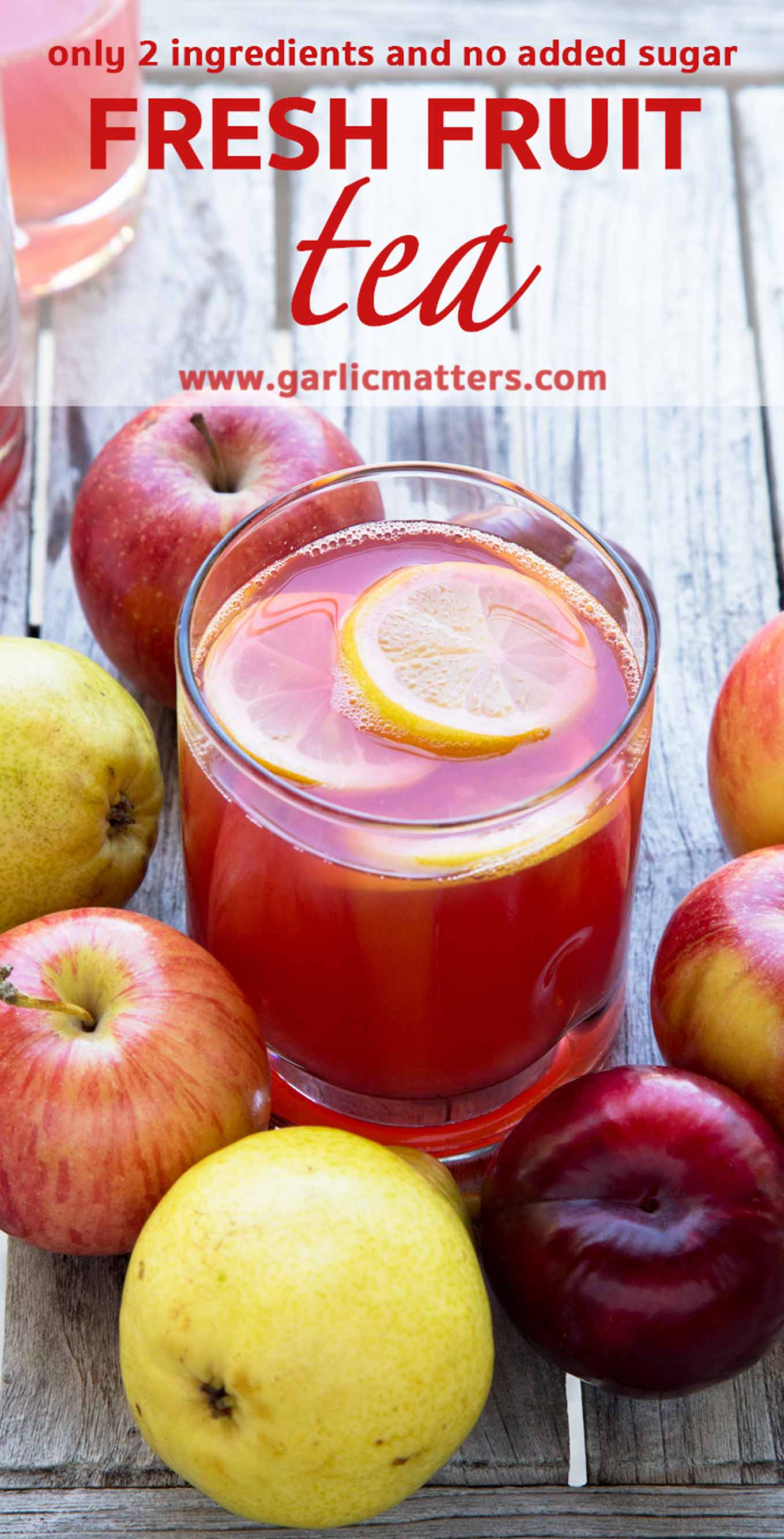

ILSI Scientific Consensus Statement regarding the Importance of Hydration and Total Water Intake for Health and Disease. Estudio comparativo de diferentes procedimientos de hidratación durante un ejercicio de larga duración. López-Román J, Martínez Gonzálvez A, Luque A, Villegas García JA. Nowadays a great variety of no-calorie and low-calorie drinks are available and Guideline Daily Amounts (GDAs) are available in most countries to help people to make informed choices about the products they buy for themselves and their families.

It is calculated that popular beverages such as soft drinks contribute around 3% of calories to the average daily diet in Europe4. – but it must be remembered that, unlike plain water, beverages often contain calories and therefore they contribute to daily energy intake. Beverages containing caffeine such as coffee, tea and some soft beverages have also been shown to contribute to hydration.ĭrinks can be selected for specific purposes – for example caffeinated drinks when tired, sport drinks during and after intense exercise, juices for their vitamins and nutrients, etc. Sport drinks contain small amounts of sugar and electrolytes that help to reduce water, mineral and energy imbalance due to physical exertion. Fruit juices can contribute to the five portions of fruit and vegetables that we are recommended to consume each day.

Many beverages provide important nutrients, including vitamins, antioxidants and electrolytes. Variety can also contribute towards enhancing micronutrient intake. The role that beverages play in providing water in the diet has been recognized by international organizations such as the International Life Sciences Institute (ILSI)2 and the European Food Safety Authority (EFSA)3 and it is of special importance for population groups that are especially vulnerable to dehydration such as children, elderly people and people taking certain medications. There are many reasons why variety leads to greater consumption and these include the pleasant taste of beverages in comparison to plain water, which is the reason why many people choose to drink other beverages in addition to plain water. For example, in a study of fluid intake of runners on a treadmill, it was shown that the availability of a variety of beverages resulted in participants drinking up to 50% more liquids than if only water was available1. Variety stimulates greater levels of consumption of both food and beverages. It has been shown that the variety of sources, colours and flavours of beverages is as important as variety of food in nutrition. Plain water is a significant source of liquid intake in many humans, but many beverages like juices, milk, sparkling drinks, coffee and tea are more than 85% water and are therefore also an important source of water. It is calculated that of the total water consumed, 20-30% typically comes from food and 70-80% from beverages, but this may vary greatly, depending on the diet that an individual chooses. Replacement of water can be achieved through food and beverages. Replacement of the body’s water and salt losses is essential to maintain appropriate hydration and a good health status. There are many good online databases that will give food composition values for a much wider range of foods. For example pasta cooked “al dente” (Italian style) will have a slightly lower water content than shown here* and is between 50 and 60%. *Note that these values are approximations only and values will depend on source of the food, cooking method, etc. The Royal Society of Chemistry Cambridge, UK. Lettuce, celery, tomato, pumpkin, broccoli, onion, carrotĮggs (scrambled, fried, poached), omelette, egg substitute Strawberry, melon, grapefruit, grape, peach, pear, orange, apple, cucumber, Vegetable concentrate, concentrated soups, mushrooms cream (made with milk) Water, tea, coffee, light refreshments, sports drinks, soft drinks, lemonade, vegetable juiceĬonsommé, onion, meat and vegetable, vegetables, tomato, mushroom cream, Noodle with chicken, Water content in common foods and beverages Type of food Many people underestimate the water content of food and beverages – below there is a table showing the content of many common foods.


 0 kommentar(er)
0 kommentar(er)
